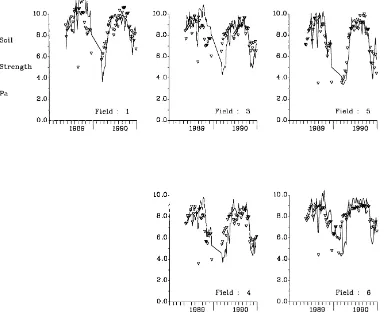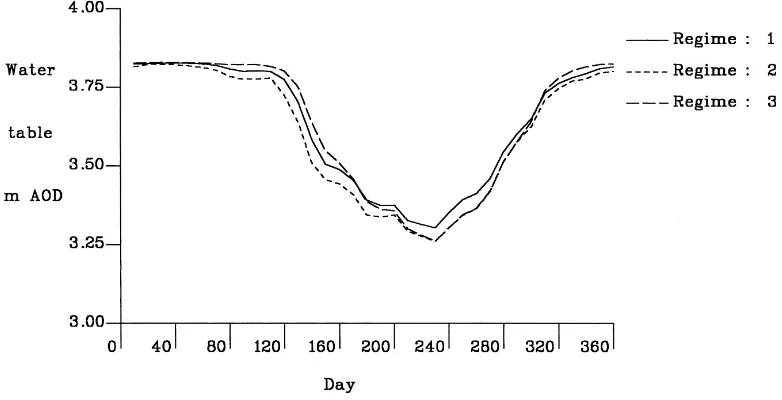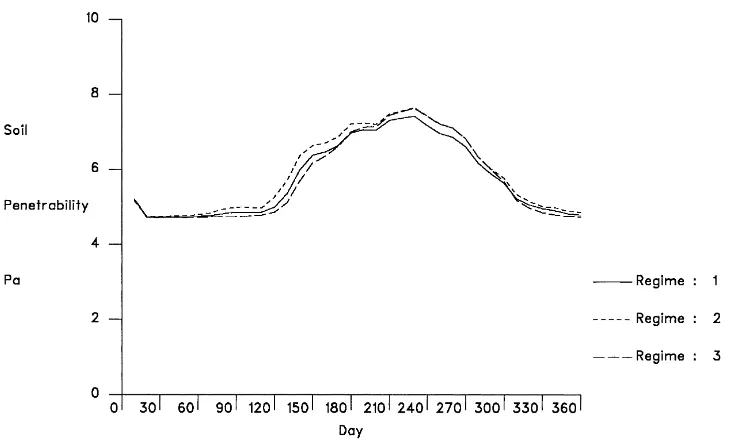Directory UMM :Data Elmu:jurnal:A:Agriculture, Ecosystems and Environment:Vol77.Issue3.Feb2000:
Teks penuh
Gambar




Dokumen terkait
Obtaining quantitative information on the physical protection from such studies is dif®cult because the turnover of SOM in a given soil fraction relates to several parameters: (i)
The application of known quantities of mechanical energy to soil aggregates under laboratory condi- tions, in order to simulate the effect of different cultivation practices,
Bird densities and habitat variables were measured in four habitat types (cereal fields, fallow land, stubbles, and ploughed land) during 1997/1998, and detrended
No differences were observed in sulphate leaching between the organic manure types or the application rates, but significant differences were found in sulphate leaching between
Determination of phytotoxicity in the clover amended plots during the growing season using wild mustard radicle growth bioassay of 1 : 1 soil–water extracts from the field
Insects (predominantly herbivorous) were sampled in 35 alfalfa fields in 1995 and 24 fields in 1996, and the total length of woody field borders within the 1 km radius
Four treatments were compared: idle fields with no vegetation improvement but exclusion of cattle, improved pastures with seeding of forage plants for cattle, DNC fields with
In total, 147 observations of bumble bee queens (Bombus spp.) of eight species were recorded. Nest-seeking queens were observed most frequently along forest boundaries and




